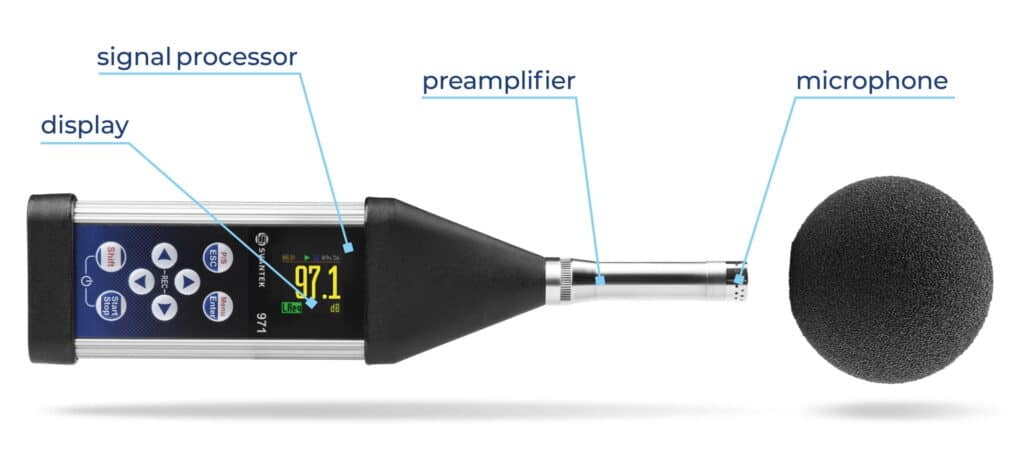Sound Measurements
Accurate sound measurements are essential for understanding and controlling sound in various applications, including acoustics, audio engineering, and environmental science.
Accurate sound measurements are essential for understanding and controlling sound in various applications, including acoustics, audio engineering, and environmental science.
Conducting accurate sound measurements requires a deep understanding of the sound definition and factors affecting its properties such as speed or propagation. In addition, basic knowledge of sound measurement quantities such as SPL or LEQ helps to learn more about measurement techniques and their applications.
Sound Measurement definition in physics refers to the quantification of the properties of sound waves, including their frequency in Hertz, and amplitude level in Decibels. Measurements are crucial for understanding and controlling sound in various applications, from acoustics and audio engineering to medical diagnostics and environmental science.

Sound Measurements play a crucial role in understanding and controlling sound in a variety of applications ranging from acoustics and audio engineering to environmental science and medical diagnostics. By quantifying sound properties and considering factors that influence accuracy, sound measurements allow for effective noise control, assessment of environmental noise, protection of human hearing, and advancement in scientific research and engineering applications.
Factors that can influence the accuracy of sound measurements include the medium through which sound travels (air, water, solids), wind, humidity, temperature, air pressure, and vibrations. For example, wind can cause significant measurement errors, especially in outdoor sound level measurements. Similarly, changes in humidity and temperature can affect how sound propagates, potentially altering measurements. Vibrations can introduce extraneous noise, particularly when measuring low-level sounds or when high precision is required. Modern sound level meters can detect and account for these factors to improve the accuracy of measurements.
Wind can cause significant measurement errors, especially in outdoor sound level measurements. Wind noise is induced by the turbulence it creates as it flows over the microphone, which can lead to the overestimation of the actual noise level. To mitigate this issue, windshields are typically used over the microphone during outdoor measurements.
Humidity can have an effect on the propagation of sound. In general, sound travels further in humid air than in dry air. This is because humid air is less dense than dry air and thus provides less resistance to sound waves. The effect of humidity particularly affects the microphone’s membrane which is why professional noise monitors use internal heating systems to evaporate any moisture from the microphone.
The speed of sound varies with temperature. In the air, sound travels faster in warmer temperatures than in cooler ones. Temperature gradients can cause sound to refract, or bend, which can result in the perceived sound level being different from the actual sound level at a given location. Usually, noise monitors can operate in conditions from -10 °C to + 50 °C. To extend the temperature range to -30°C and + 60 °C noise monitors use heating and cooling systems.
At higher pressures, the air molecules are closer together, which can increase the speed of sound. Higher pressure levels can increase the intensity of a sound wave, making the sound louder to the listener. This is because the greater the air pressure, the more air molecules there are to vibrate and transmit the sound wave. Changes in air pressure can cause sound waves to refract, or change direction. This is due to the variations in air density that come with changes in air pressure. For instance, the sound will bend towards areas of lower air pressure.
Vibrations can interfere with sound measurement by introducing extraneous noise. This is particularly a problem when measuring low-level sounds or when high precision is required. Modern sound level meters detect vibration interfering with results with built-in accelerometers. It helps to exclude results that were affected by vibrations.
One common method of sound speed measurement in the laboratory is the resonance method. By using the principle of resonance and observing the standing wave patterns, it is possible to determine the wavelength of the sound in the tube. Since the frequency is known (set by the function generator), it is possible to calculate the speed of sound (speed = frequency * wavelength). Thus, the Resonance Tube provides a practical and hands-on approach to investigating the propagation of sound waves and measuring the speed of sound.
Sound Measurements Quantities rate sounds in a way that aligns with how the human ear perceives sound, which can be especially useful in contexts like noise control, sound design, and health and safety assessments. In the field of acoustics, the IEC 61672-1 standard defines sound measurement indicators to quantify and rate sounds in decibels:
In practice, sound measurements use sound energy quantities such as Equivalent Continuous Sound Level (LEQ) as the main indicator of decibels. The reason is the direct relation of LEQ sound energy to human hearing risk damage. The LEQ is average, taken over time providing a single decibel value that represents the same amount of sound energy as the varying levels of noise experienced during that period. This is why it is often used in environments where people are exposed to varying levels of noise over time, such as workplaces or in the study of environmental noise pollution.
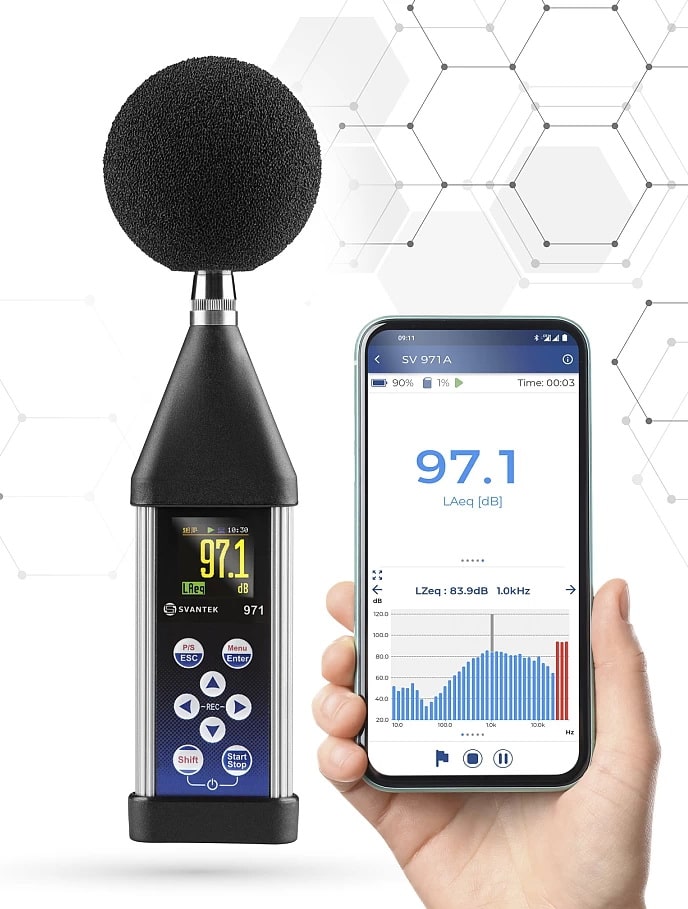
Peak sound measurements are used in various fields, including acoustics, audio engineering, and occupational health. In occupational settings with a risk of hearing damage due to high noise levels, sound level measurements often use Peak C (maximum value of the ‘C’-frequency weighted instantaneous noise pressure).Peak sound pressure may occur in a very short period of time (ie. a couple of seconds) and may not be reflected by Leq, which is an average of longer time intervals. This is why the measurement of Peak is particularly important for monitoring and managing noise exposure in workplaces to safeguard workers’ hearing health.
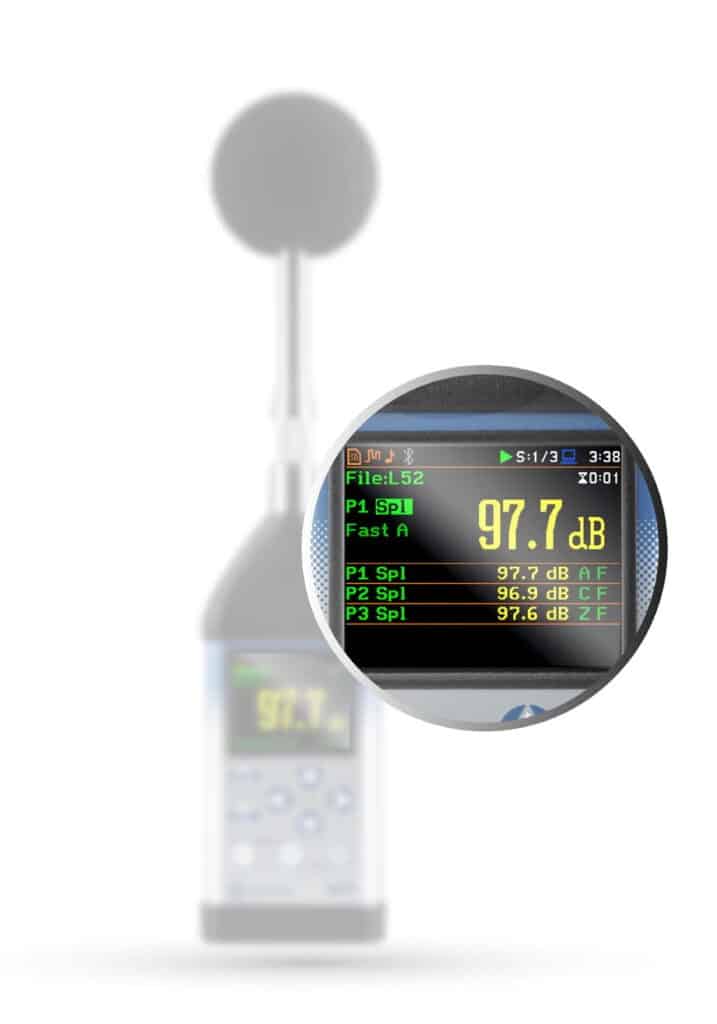
Sound Measurements use a decibels scale (dB). Decibel is a logarithmic unit that reflects the ratio of a sound’s pressure level relative to a reference value.
The decibel reference value is set at the quietest sound the average human ear can hear: 20 µPa (micro pascals). This is designated as 0 dB, marking the threshold of human hearing. Depending on the technique and application noise measurements are performed on a scale up to 130 dB (63.2456 Pa) – for example in the environment. Measurements of peak sound levels up to 140 dB (200 Pa), are performed in noisy workplaces, as this level can lead to immediate damage and potentially permanent hearing loss.

In practice, acousticians use specialized sound measurement techniques that ensure accuracy. Choosing the right technique of sound measurement ensures control of sound’s acoustic properties and the factors influencing them. The most common measurement techniques are listed below:
The basic technique of sound measurement is a noise survey using SPL sound pressure level assessment in decibels. This technique is used in all kinds of acoustic measurements as an initial evaluation of the acoustic background. When the measurement is performed over time, the equivalent sound level LEQ is used.
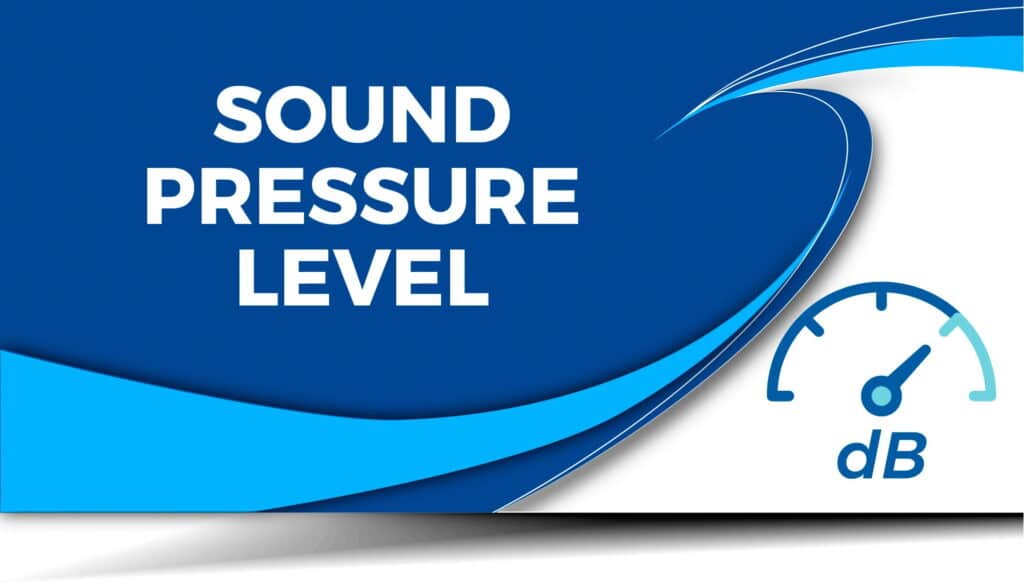
Dosimetry sound measurements measure the worker’s exposure to sound over the working day. The sound is measured with a dosimeter attached to clothes near the ear entrance to assess the noise coming to the ear.
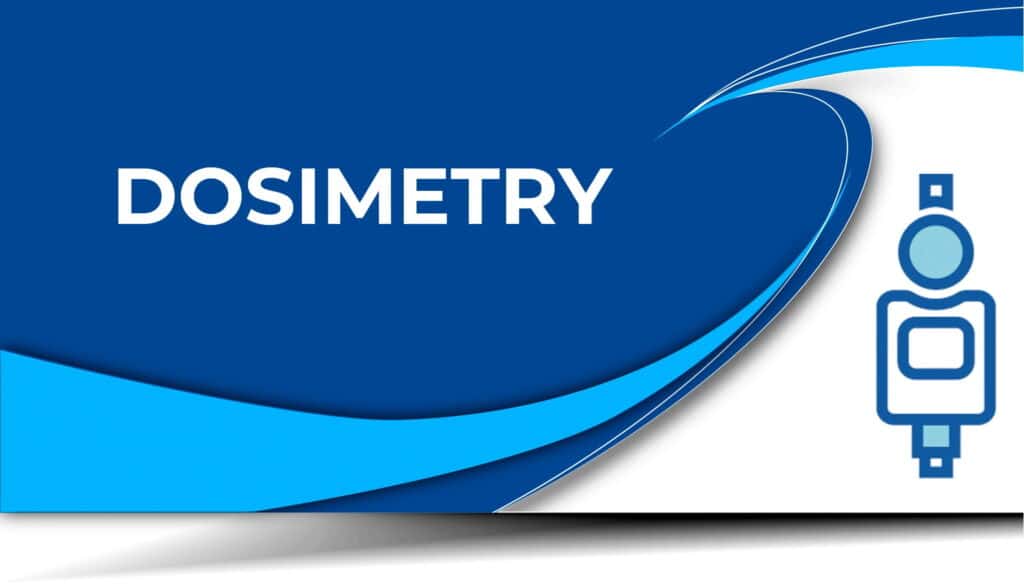
The frequency analysis is an integral part of acoustic techniques such as sound power, intensity, or loudness. In practice, it is performed in 1/1 or 1/3 octave bands or in FFT. The output of such an analysis is called the frequency spectrum, and it represents noise in consecutive frequency ranges (narrow frequency bands).

Sound measurements of STIPA (speech transmission index for public address systems) measure effects that affect the intelligibility of speech in the room acoustics and/or public address systems.

Sound measurements of RT 60 (reverberation time) are used to determine the required acoustics for a room. The reverberation time RT60 in a room is determined by the absorptive properties of the reflecting surfaces and the distances between them. The purpose of this measurement is to obtain an objective, quantitative indication of the acoustic quality of a room in a building.

Sound Power refers to the rate at which energy is radiated in the form of sound, expressed in watts. It is a measurement of the total amount of sound energy that a sound source emits per unit of time. It is used mainly in manufacturing and industry applications to evaluate the sound emitted by various machines, tools, vehicles, or even whole factories.

Sound intensity is the rate at which sound energy flows through a unit area perpendicular to the direction of sound propagation, expressed in watts per square meter. It is a measure of the strength of the sound at a particular point and can be used to determine the direction of the sound source. In addition to sound direction measurements, sound intensity can be used to calculate sound power.

Sound loudness is a subjective indicator of how strongly humans perceive sound. It is a way of measuring a sound that corresponds to human perception and is different from physical quantities such as sound pressure, sound intensity, or sound power.
Loudness is typically measured using algorithms such as the Zwicker loudness method, which has been shown to have the highest correlation to human-perceived loudness. Loudness is commonly used in a variety of applications, including noise reduction at workplaces, ranking of noisiness and annoyance, and evaluation of the annoyance of signal/alarm sounds and action sounds with a focus on privacy and sleep disturbance.
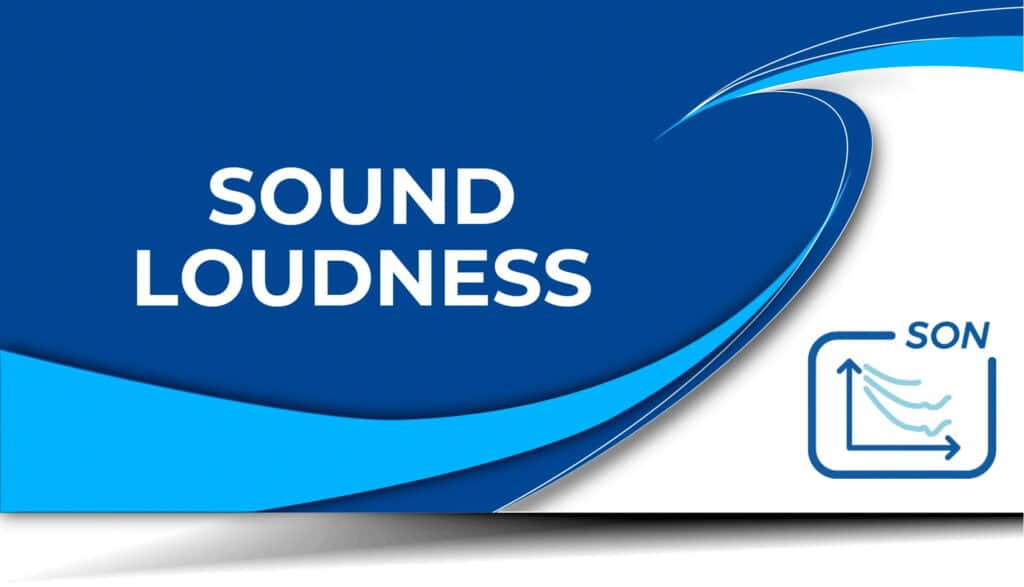
Sound measurements of tonality measure sound quality that correlates to how humans perceive the tonal components of sound. The measurement of sound tonality identifies and measures tones in a certain noise spectrum.

The phase of a sound wave is measured when multiple sound sources interact. Phase measurements identify interference and constructive and destructive wave patterns. It’s especially critical in sound engineering, concert acoustics, or surround sound system setups.
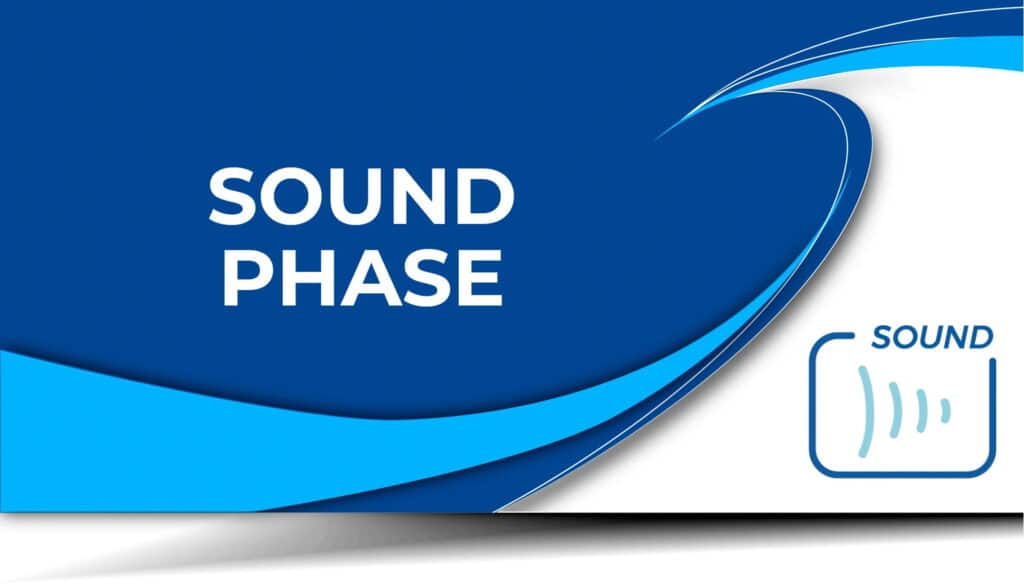
Accurate sound measurement requires an understanding acoustic properties of sound, as well as the factors influencing them. In practice, acousticians apply specialized sound measurement techniques to the application. The most common measurement applications are listed below:
Sound measurements are used to protect human hearing at workplaces. Occupational noise exposure can occur in many industries, such as manufacturing, construction, and transportation. In practice, noise measurements in workplaces use quantities such as LEQ, PEAK, and NOISE DOSE (LEQ normalized to 8 hours).
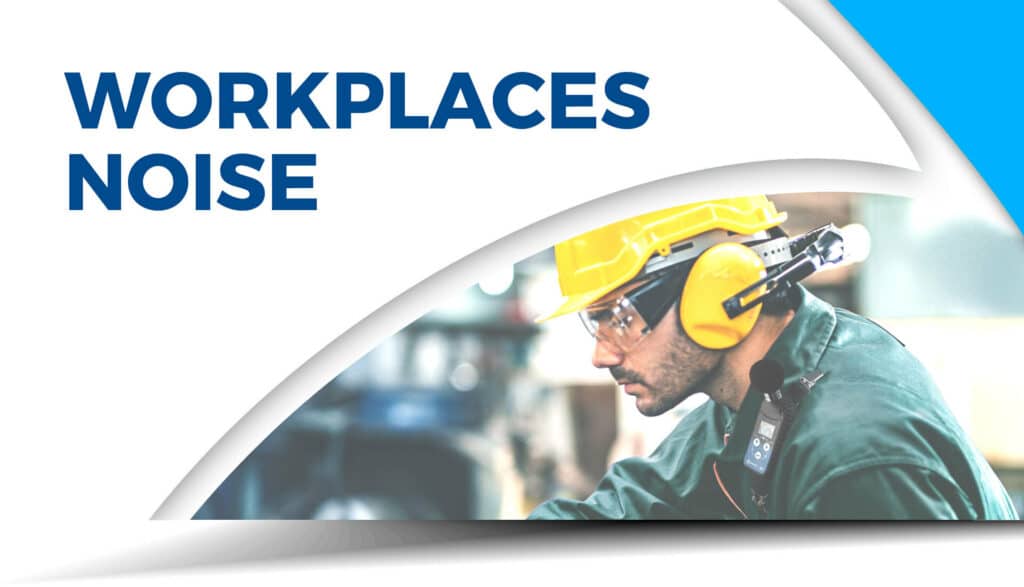
Environmental sound measurements protect public health and well-being from the negative impact of community noise. In practice, noise measurements in an environment mostly use LEQ.

Sound engineering involves designing, controlling, or reducing noise emissions in various environments. It aims to create machines and devices that produce less noise and environments that are more comfortable for people. Examples of sound engineering include the use of noise barriers, sound-absorbing materials, and hearing protectors.

Sound intensity is the rate at which sound energy flows through a unit area perpendicular to the direction of sound propagation, expressed in watts per square meter. It is a measure of the strength of the sound at a particular point and can be used to determine the direction of the sound source. In addition to sound direction measurements, sound intensity can be used to calculate sound power.
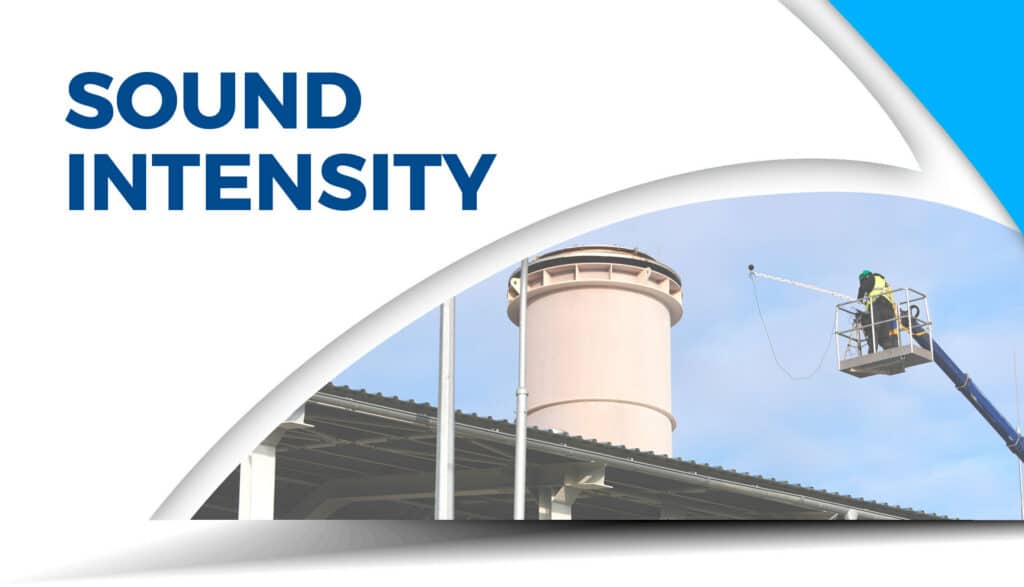
Sound measurements are a critical tool in both teaching and research within the field of physics. They allow for the exploration of fundamental principles and provide practical applications for advanced scientific research. Common applications of acoustic measurements in physics are wave analysis, doppler effect, resonance, sound intensity, sound signal processing, and FFT analysis (Fast Fourier Transform).

Acoustic microscopy and spectroscopy are techniques used in materials science and engineering to study the properties of materials and structures. Acoustic microscopy uses high-frequency sound waves to image and characterize the microstructure of materials, while acoustic spectroscopy measures the interaction of sound waves with materials to analyze their chemical composition and physical properties.

Audiometry is a commonly used hearing test that measures the minimum threshold of sound levels at different frequencies that a person can hear. The test is performed by presenting a series of pure tones, usually between 250 and 8000 Hz, to each ear separately, and the patient is asked to indicate when they can hear the tone. The results are plotted on an audiogram, which shows the hearing threshold levels for each frequency. Pure-tone audiometry can help diagnose hearing loss and estimate the degree and type of impairment, such as sensorineural or conductive.

The study of how the human brain interprets and processes sound is known as psychoacoustics and auditory perception. The perception of pitch, loudness, timbre, and spatial sound are all fundamental aspects of auditory perception. These concepts are essential in the design of hearing aids and audio systems that aim to optimize the listening experience for individuals with hearing impairments.
The units “phones” and “sones” are used in psychoacoustics to represent perceived loudness. A phon is a unit of loudness level for pure tones. The reference level of 1 phon is set to be equivalent to 1 dB at a frequency of 1 kHz. The sone is another unit of perceived loudness. One sone is defined as the loudness of a 1 kHz tone at 40 dB. These units help to quantify the non-linear relationship between the physical intensity of a sound and its perceived loudness. This understanding is essential in many fields, such as audio engineering, music production, and the design of hearing aids.

A variety of sound measurement applications, techniques, and factors influencing accuracy require standardization. To ensure accuracy and consistency, international organizations such as ISO have established standards to guide sound measurements for each application. Standards take into consideration factors that influence the accuracy and indicate measurement quantities, scales, instrumentation, and techniques. The most commonly used acoustic measurements standards are listed below.
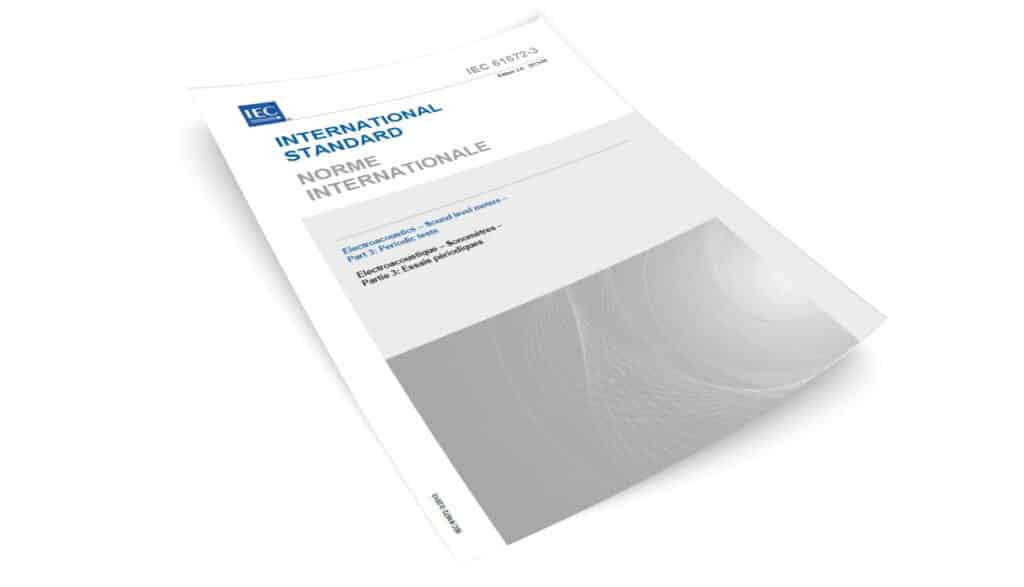
The International Organization for Standardization (ISO) is a non-governmental international organization that sets a wide range of standards, including those for acoustics. The ISO has various standards related to sound measurements. For instance, ISO 1999 is concerned with the determination of noise-induced hearing loss, while ISO 9612 provides guidelines for determining occupational noise exposure and estimating noise-induced hearing impairment.
The International Electrotechnical Commission (IEC) also sets standards, particularly for electrotechnology (including sound and audio technology). An example is IEC 61672, which specifies sound level meter performance standards.
In the United States, the American National Standards Institute (ANSI) provides guidelines for various fields, including acoustics. ANSI S1.4 is one such standard, setting specifications for sound level meters. The Occupational Safety and Health Administration (OSHA) also has standards related to noise, especially regarding permissible noise exposure levels in the workplace to protect employees’ hearing.
In the European Union, directives have been established that set noise limits for different environments (such as occupational, residential, and recreational settings). These directives are not measurement standards in themselves but rather provide the legal framework within which sound must be controlled. The technical guidelines for how to measure noise to comply with these directives are often given by associated ISO and/or IEC standards.
In addition to general standards for sound measurement, there are specific standards established for specialized applications. This allows for valid comparisons and evaluations to be made and for effective noise control strategies to be designed and implemented. These standards provide detailed information on methodologies and instrumentation for assessing acoustics in particular contexts. Here are the most common specialized sound measurement standards:
ISO 16283: This is a series of standards specifically for assessing sound insulation in buildings. It includes guidance for measuring airborne sound insulation between rooms, impact sound insulation on floors, and facade sound insulation. It’s used in architectural and building acoustics to ensure that spaces meet certain sound insulation criteria.
IEC 60268 (STIPA method): This standard outlines how to measure speech intelligibility using the Speech Transmission Index (STI) and its variant, STIPA (Speech Transmission Index for Public Address systems). This measurement is crucial in various environments, such as public address systems, emergency evacuation systems, and classrooms, where clear speech communication is critical.
ISO 1996: This standard is used for describing, measuring, and assessing environmental noise. It is designed to provide consistent and accurate measurements of noise from various sources, including road traffic, railway traffic, air traffic, industrial activity, and even recreational activities. The standard is often used in environmental impact assessments and in formulating noise control regulations and policies.
In acoustics, sound measurement is the process of measuring sound pressure levels using sound-measuring instrumentation: sound level meters, noise dosimeters, or noise monitors. The choice of instrumentation depends on technique and application. In addition, each technique requires a dedicated set of instrumentation features and accessories to ensure the accuracy of measurement results. There are a variety of ways to measure sound depending on the specific application and requirements of the measurement standard being applied. The three primary instruments used are Sound Level Meters (SLMs), Personal Sound Exposure Meters (Noise Dosimeters), and Outdoor Noise Monitoring Stations.
Sound Level Meters (SLMs): These are the most common devices used to measure sound pressure levels. They capture instantaneous sound levels but can also integrate sound levels over a period of time, providing average and peak levels. Sound Level Meters are typically used in applications such as assessing building acoustics where the SLM is usually mounted on a tripod for stable and accurate measurements.
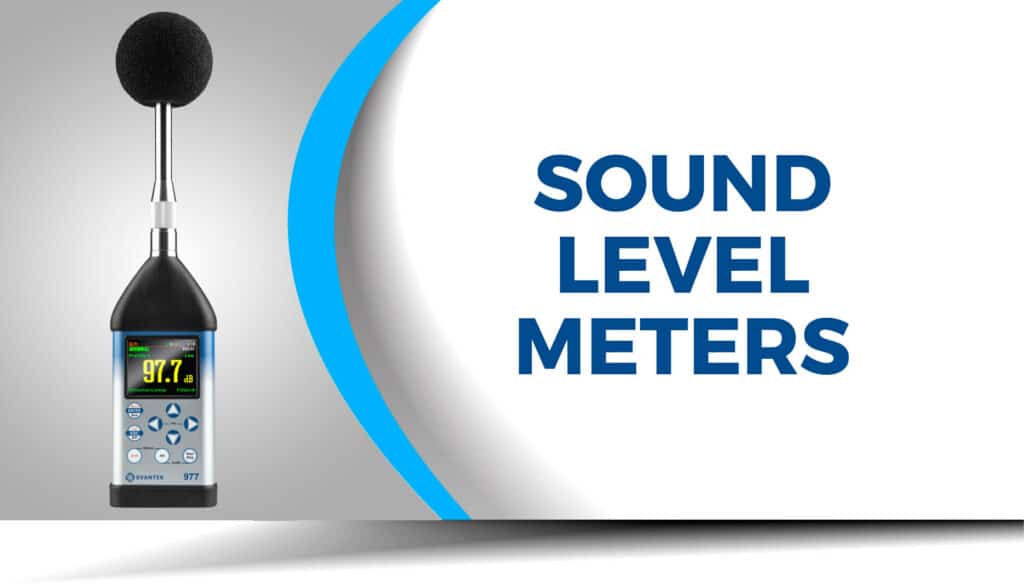
Personal Sound Exposure Meters (Noise Dosimeters): These are wearable devices designed to measure a person’s exposure to noise over a period of time. They are typically used in occupational noise assessments, where a worker wears a dosimeter on their shoulder during a shift. This provides a measure of the cumulative sound exposure the worker has received, which is important in ensuring compliance with occupational noise exposure regulations.

Outdoor Noise Monitoring Stations (Noise Monitors): These are sophisticated systems designed for long-term, continuous monitoring of environmental noise. They are typically used to measure noise from sources like traffic, construction, and industrial activity in urban and rural settings. To capture representative samples of the noise environment, noise monitors are often placed at a height, such as 4 meters above the ground.

In professional sound measurements, several additional tools (such as calibrators) and accessories (e.g., microphones) are critical to achieving accurate results. Here are the most important sound measurement accessories:
Microphones are essential for converting sound waves into electrical signals. Different types of microphones have varying sensitivity levels, directionality, and frequency responses, making them suitable for different kinds of measurements. Preamplifiers are used to amplify these signals to levels that are appropriate for measurement or recording. It is crucial that these devices are properly calibrated and maintained to ensure the accuracy and reliability of sound measurements.
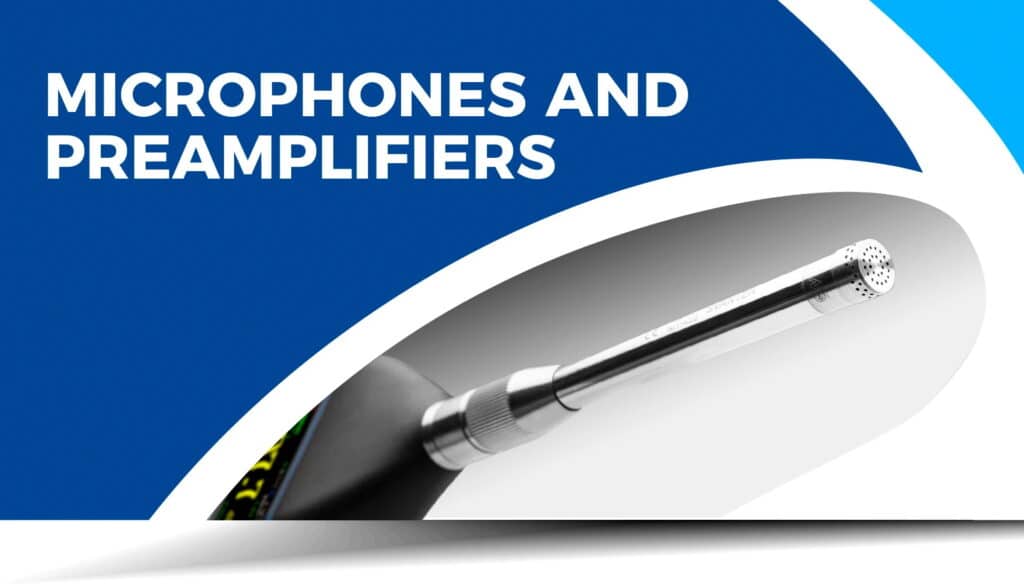
Sound level meters and microphones need to be verified and calibrated regularly to maintain their accuracy. Acoustic calibrators are devices that generate a sound of a known frequency and amplitude, allowing the user to ensure that their measurement equipment is providing accurate readings. It’s important to use calibrators that are suitable for the specific equipment and conditions under which measurements will be taken.
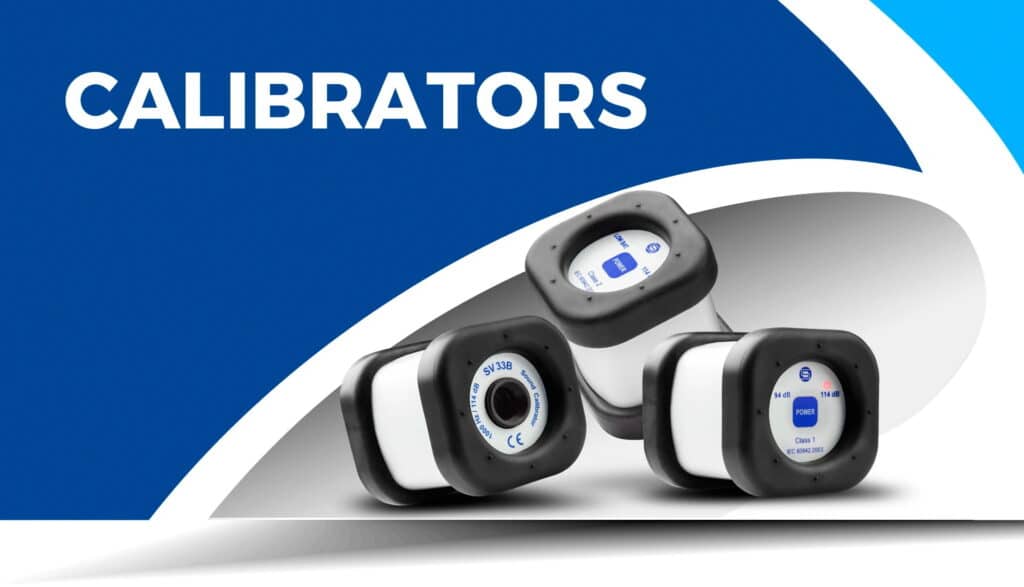
The sound source refers to a device that produces sound and is used to conduct acoustic measurements or simulations. Common sound sources used in acoustics include speakers, which can emit tones or noise at a set volume. Speakers are often used due to their ability to produce a range of frequencies and amplitudes, making them versatile tools for acoustic analysis.
More specialized sound sources, like a dodecahedron speaker, are designed to emit sound evenly in all directions. These are often used in room acoustics to simulate the way sound propagates in a real-world environment. By using known sound sources, acousticians can simulate different acoustic environments and conditions, thereby allowing for more precise and controlled measurements. The known properties of these sound sources provide a baseline against which the acoustic properties of a room or space can be measured and analyzed.
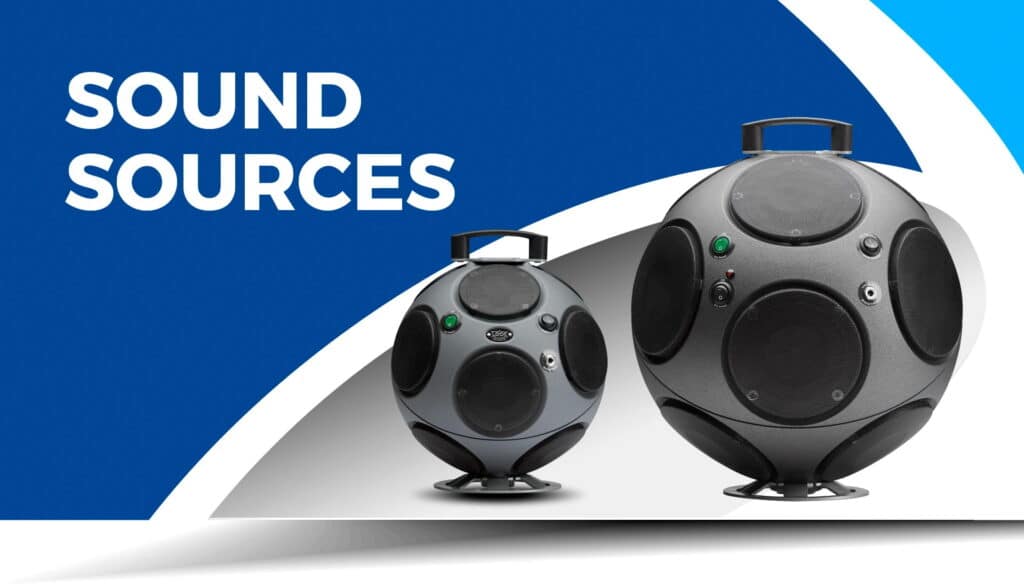
In addition to environmental factors, instrumentation capabilities such as measurement range or sampling frequency influence the capability of measurement. The following instrumentation factors have an impact on sound measurements:
Accuracy refers to the degree to which the measurements of a sound measurement device are close to the true or actual values. An accurate Class 1 sound measurement device will provide readings that closely match the real-world values of the sound it is measuring. This can include the sound’s frequency, amplitude, and other relevant parameters.
In addition, accuracy can extend to the device’s performance across a wide range of frequencies, as indicated by the reference to a wider frequency response in Class 1 devices. An accurate device in this context is not only precise in measuring sound at a given frequency but is also capable of maintaining this precision across a broad spectrum of sound frequencies.
The device’s accuracy is critical to ensuring reliable data collection, enabling a better understanding of the sound environment and more effective sound control strategies based on the collected data.
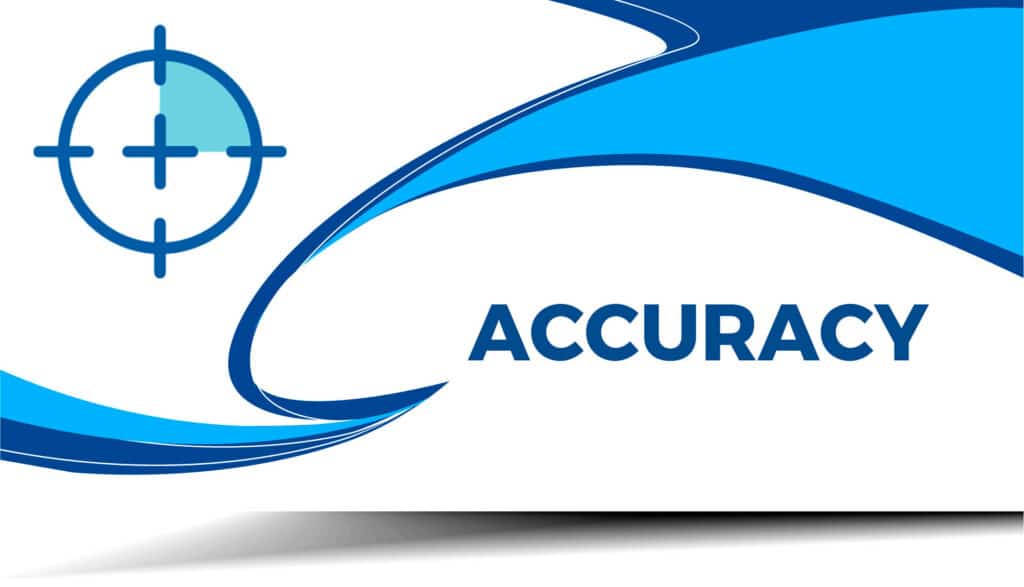
Sound amplitude in the context of acoustics refers to the maximum deflection or extent of a sound wave from its equilibrium position. It is a measure of the strength or intensity of the sound.
In other words, it’s the measure of the height of the wave, which corresponds to the volume or loudness of the sound. Higher amplitudes are perceived as louder sounds, while lower amplitudes correspond to quieter sounds. The maximum sound amplitude, or peak sound, is the highest point or maximum deflection of the sound wave in a defined period of time.
Sampling frequency, also known as the sample rate, refers to the number of times a sound is measured, or sampled, per unit of time. It’s typically measured in Hertz (Hz), with one Hz representing one sample per second. A higher sampling frequency allows for a more accurate digital representation of the original sound. As per the given example, professional instrumentation can record sound measurements with sampling frequencies up to 48 kHz, meaning that the meter takes and records 48,000 noise samples per second. This high sample rate allows for a precise and high-quality representation of the recorded sound.
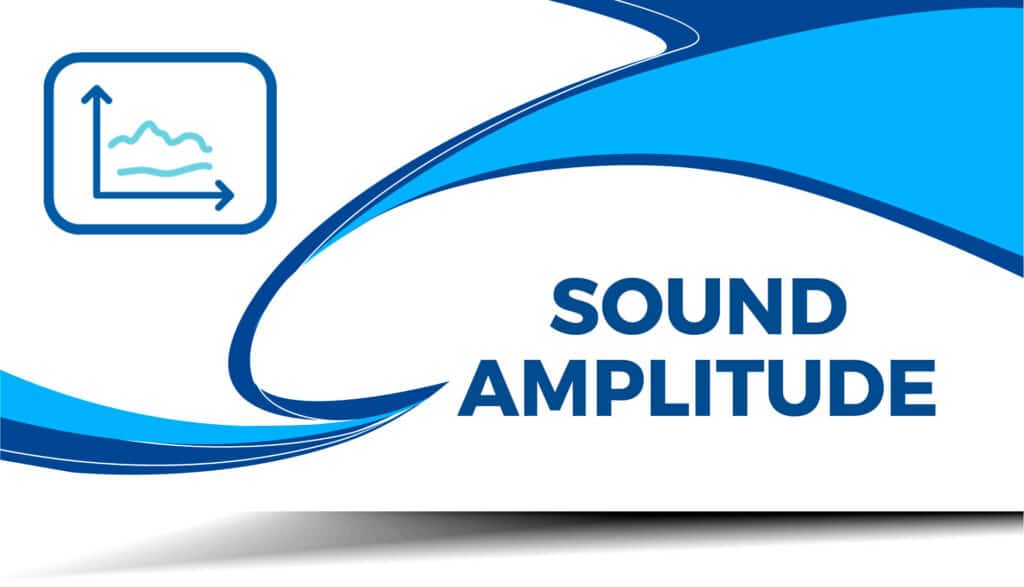
In the context of acoustics, frequency refers to the number of times a sound wave returns to its starting position in its waveform per unit of time. This can also be thought of as the number of complete cycles a wave undergoes in a given time period. The frequency is typically measured in Hertz (Hz), with one Hz representing one cycle per second. In the human auditory system, frequency is perceived as the pitch of the sound; higher frequencies correspond to higher-pitched sounds, while lower frequencies correspond to lower-pitched sounds.
Frequency range, on the other hand, refers to the span between the lowest and the highest frequencies that a system can accurately represent or reproduce. For humans, the audible frequency range is typically between 20 Hz and 20,000 Hz (20 kHz). This range can vary among individuals and tends to decrease with age.
Devices such as sound level meters or audio recording equipment also operate within specific frequency ranges to ensure the accuracy and quality of sound capture and reproduction. For example, the Svantek Class 1 sound measuring device has a frequency range of 10 Hz to 20,000 Hz (20 kHz). This device collects 48,000 samples per second (48 kHz) as per Nyquist’s rule, which states that the sampling frequency should be at least two times higher than the maximum frequency of the range to accurately represent the signal.

Weighting filters (A, B, C, and Z) modify the frequency response of the sound level meter to reflect the varying sensitivity of the human ear at different frequencies.
The A-weighting filter is the most frequently used filter in sound measurement because it accurately depicts how loud a sound is to the human ear. The B-weighting filter is less commonly used, while the C-weighting filter is used for measuring very high sound levels, such as those in construction sites. The Z-weighting filter, which measures the unweighted sound level, is used when the frequency content of the sound is unknown.
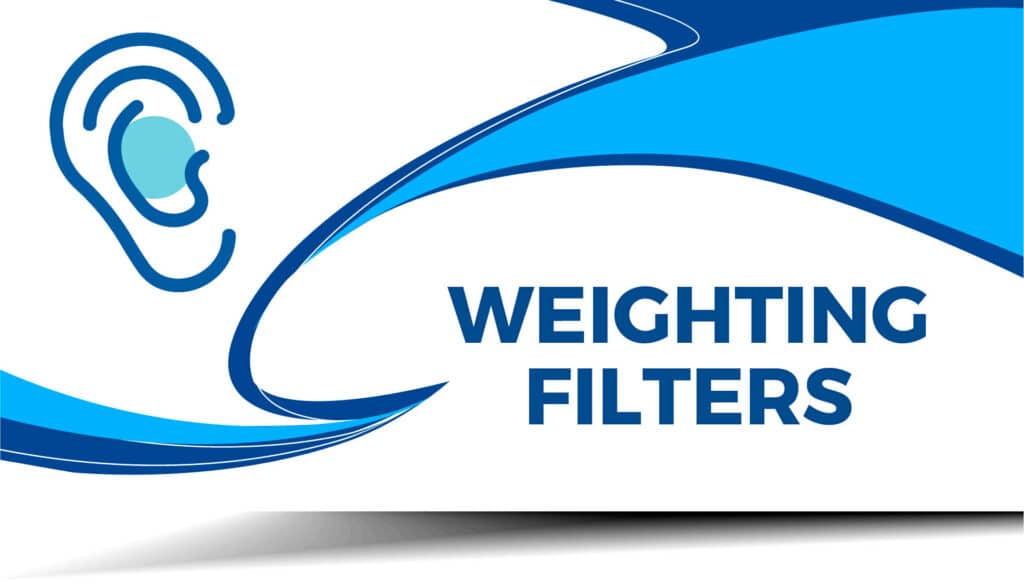
Integration methods (exponential, linear) determine how the sound level meter integrates the measured sound levels over time to produce a representative value. Exponential integration uses time weighting to emphasize recent sound levels, while linear integration treats all sound levels equally. Different integration methods may be more suitable depending on the type of sound being measured.
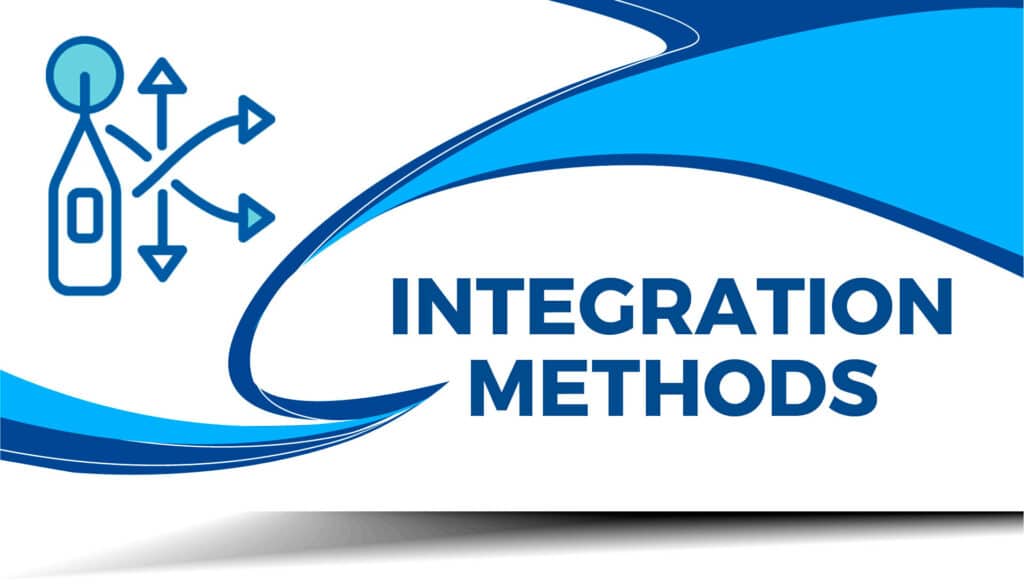
Time weighting (Fast, Slow, and Impulse) is used to adjust the response of a sound level meter to different types of sounds and noise sources. Fast-time weighting emphasizes the peak levels of sound, while slow-time weighting averages the levels over a longer period, providing a better representation of the overall sound level. Impulse time weighting captures sudden sounds with short durations, such as those produced by firearms or explosions. It is important to notice, that Leq sound energy is measured linearly following IEC 61672-1 (not using Fast or Slow).
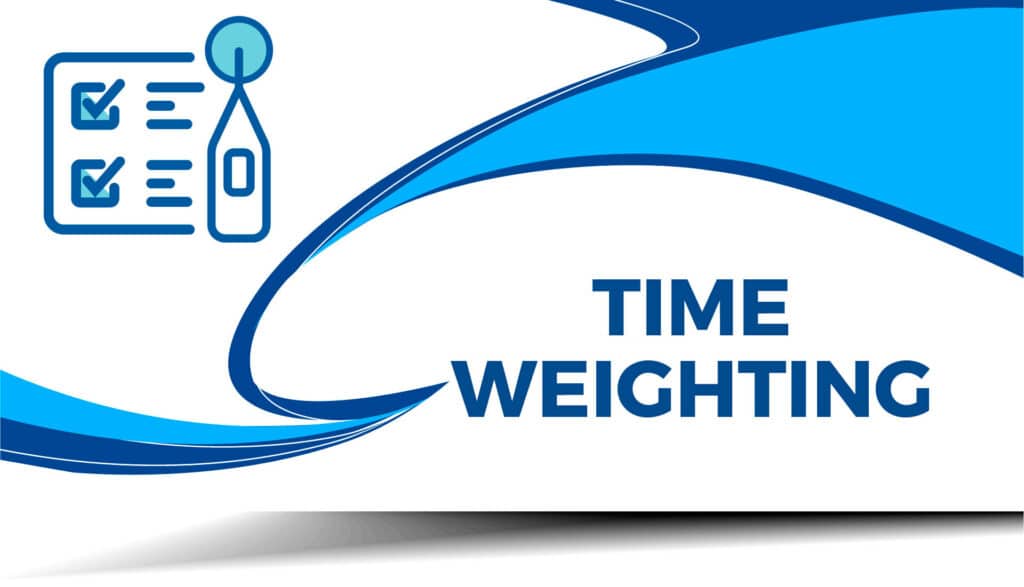
Sound measurements use Fast and Slow because historically, they were carried out in the early days using analog sound level meters. When the sound level fluctuated too rapidly, the analog display indicator moves too quickly, making it impossible to obtain a meaningful reading. For this reason, two detector response characteristics were standardized: ‘F’ (for fast) and “S” (for slow). Modern digital displays overcome the problem of fluctuating analog meters and provide a very accurate sound assessment. Fast and slow are still used in digital meters, however, mostly to maintain historical consistency.
To ensure accurate sound measurements, sound level meters are specially designed to minimize the influence of external factors and compensate for the disturbance they cause in the sound field. Professional instrumentation has a triangular top shape to minimize the contribution of sound reflection from the body of the instrument itself. Secondly, a foam windscreen is used to protect against dust or moisture and attenuate the wind effect. In particular, for outdoor sound monitoring, the windscreen is bigger so it can attenuate stronger winds.
